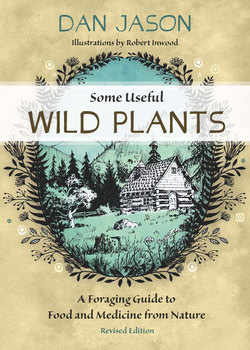Читать книгу Some Useful Wild Plants - Dan Jason - Страница 17
На сайте Литреса книга снята с продажи.
ОглавлениеCamas
Camassia spp.
Liliaceae
Although camas supposedly only grows west of the Cascades, we have found much of it in the southern Columbia River Valley, particularly near Castlegar. On southern Vancouver Island and the Gulf Islands, it prefers moist, rich ground—generally near arbutus and Garry oak. Leaves of camas are basal, grass-like and eight to 15 inches long. Flowers appear in early May and are usually a brilliant blue (though there are occasionally white ones); they are on a single stalk and have three sepals and three petals. The plant grows to two feet on the coast and three feet in the Interior. The root bulb is ovate. Flower colour is crucial for identification; the poisonous death camas, which is frequently found with camas, has yellow or greenish-white flowers and a similar stalk and leaves.
First Nations people marked flowering plants with bark strips and returned in August to dig up the bulbs. They cooked bulbs in pits of hot ashes for an entire day, stripped the bark and pressed the bulbs flat like pancakes. The bulbs smell like vanilla and taste like brown sugar or maple sugar. Molasses can be made from the bulbs by boiling them until the water has almost completely evaporated.
Camas bulb is purgative and emetic if eaten to excess.
